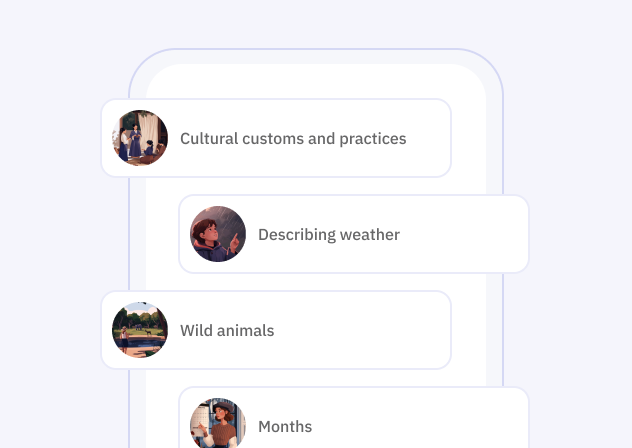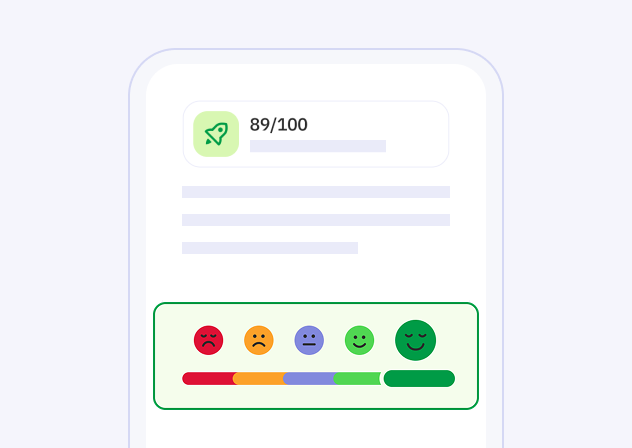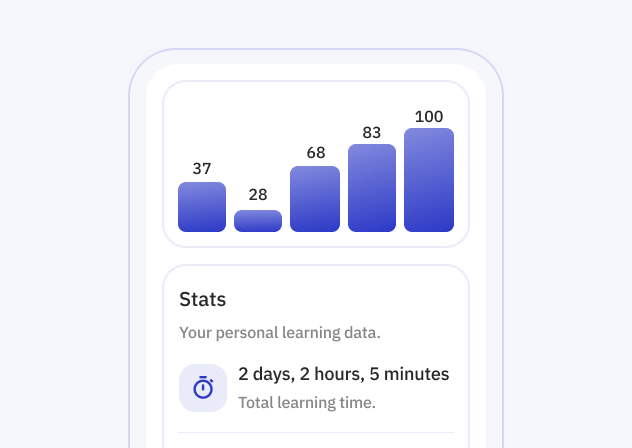Top Language Learning Software
In the era of global connectivity, mastering new languages has become not just a cultural asset but a professional necessity. Learning software like Talkpal AI has revolutionized the way individuals approach language acquisition, making it more accessible, engaging, and efficient than ever before. This guide dives into the world of top language learning software, exploring how these tools adapt to various learning styles and needs, and why they are essential for anyone looking to enhance their linguistic skills.

The most efficient way to learn a language
Try Talkpal for freeIntroduction to Learning Software for Language Mastery
1. Talkpal AI: Revolutionizing Language Learning
Talkpal AI emerges as a standout in the realm of learning software, particularly for language enthusiasts. This intelligent platform uses advanced AI to personalize the learning experience, adapting to the user’s proficiency level and learning pace. Talkpal AI offers interactive dialogues, practical exercises, and real-time feedback, ensuring that learners not only memorize but also understand and can practically use the new language.
2. Duolingo: Gamifying Language Practice
Duolingo has gained widespread popularity as a user-friendly learning app that turns language study into a game-like experience. With its engaging mini-lessons, Duolingo is exemplary for beginners and those looking to brush up on their skills in a fun, interactive way. The software uses streaks and points to motivate users, making daily practice both addictive and rewarding. It’s ideal for learning on the go, fitting seamlessly into busy schedules.
3. Rosetta Stone: Immersive Language Learning
Rosetta Stone has long been recognized for its immersive approach to language learning. Unlike traditional learning methods that rely heavily on translation, Rosetta Stone uses Dynamic Immersion to help learners think and express thoughts directly in the new language. This method encourages intuitive language acquisition, making it a powerful tool for users who are serious about achieving fluency.
4. Babbel: Conversational Expertise in New Languages
Babbel stands out by emphasizing the importance of conversation in language learning. The software is designed to get users speaking from the first lesson, with a focus on real-life topics and common phrases. The tailored review sessions ensure that the material is not only learned but retained, making Babbel ideal for travelers and business professionals who need to master conversational skills quickly.
5. Busuu: Community-Based Learning
Busuu leverages the power of a vast linguistic community to enhance the learning experience. Users can engage in interactive lessons and then practice their new skills with native speakers around the world. This peer feedback system helps refine pronunciation and grammar, enriching the learning process and providing a real-world context to the language lessons.
6. Memrise: Vocabulary Expansion Using Mnemonics
Memrise employs clever mnemonics and memory techniques to boost vocabulary retention. This software is particularly useful for learners who need to expand their language vocabulary efficiently. Memrise also integrates real-life videos to expose learners to the language as it is naturally spoken, thus helping them to better understand dialects and colloquial expressions.
7. Transparent Language: Comprehensive Language Learning Tool
Transparent Language offers a holistic approach to language learning with extensive courses and materials for over 100 languages. It combines vocabulary, grammar, writing, and listening exercises with culturally immersive resources that provide a deep understanding of the language’s context. This makes it ideal for learners who want a thorough mastery of a language.
8. Pimsleur: Audio-Based Language Acquisition
Focusing predominantly on verbal skills, Pimsleur’s audio-based approach is perfect for auditory learners. Through repetitive listening and speaking exercises, learners can improve their pronunciation and language comprehension without the need for screens or textbooks. It’s particularly effective for busy learners who can use the software while multitasking.
9. Mondly: Using Augmented Reality for Language Learning
Mondly introduces an innovative twist to traditional language learning techniques by incorporating AR (Augmented Reality) in its lessons. This technology provides interactive, real-life scenarios where learners can practice languages in simulated environments, making learning both entertaining and impactful.
10. HelloTalk: Social Media Meets Language Learning
HelloTalk designs its learning experience around social media interfaces, making it highly intuitive for digital natives. It allows language learners to connect with native speakers via text, voice, and video messages, facilitating an authentic exchange of language and culture. This format is particularly appealing to younger audiences who are accustomed to social media interactions.
By integrating these top-notch learning software options into one’s personal or professional development regime, mastering new languages becomes a more attainable and engaging endeavor. Whether you choose a deeply immersive system like Rosetta Stone or a gamified approach via Duolingo, each platform offers unique benefits tailored to different learning preferences and goals.
The most efficient way to learn a language
Try Talkpal for freeFrequently Asked Questions
What is Learning Software?
Is Language Learning Software Suitable for All Ages?
How does Talkpal AI enhance language learning?
Can I Track My Progress with Language Learning Software?
How Do I Choose the Right Learning Software for Language Learning?
The talkpal difference

Immersive conversations
Each individual learns in a unique way. With Talkpal technology, we have the ability to examine how millions of people learn simultaneously and design the most efficient educational platforms, which can be customized for each student.

Real-time feedback
Receive immediate, personalized feedback and suggestions to accelerate your language mastery.

Personalization
Learn via methods tailored to your unique style and pace, ensuring a personalized and effective journey to fluency.







